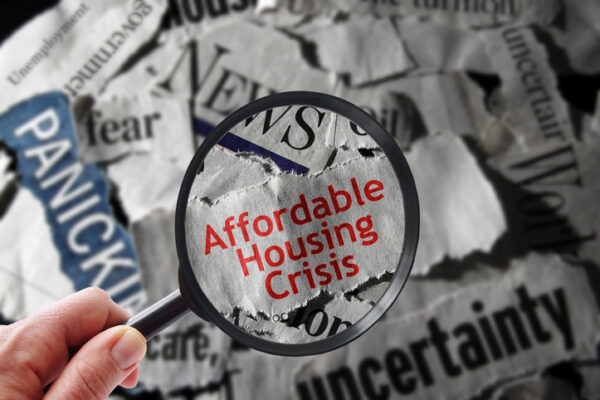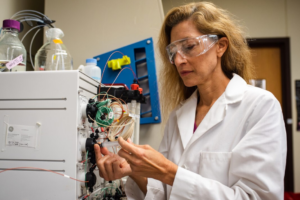The situation is dire for potential homeowners in Austin making less than the $80,000 annual median household income. Rapid population growth coupled with massive migration into the city have caused the demand for homes to soar — and along with it, prices.
But amid this affordability crisis, city policymakers are missing an important opportunity to provide low-cost housing and rental options. They need to heed the data: The policies they are pursuing to help low-income buyers and renters need reassessment, and they are overlooking other new policies that could help.
Our research team at The University of Texas at Austin found that between 1990 and 2019, the quantity of affordable single-family homes fell from 20% of all homes to only 2%, a staggeringly low proportion. This loss occurred in large part due to the rapid appreciation in the value of homes in East Austin since 1990. Property values citywide have also increased at a faster rate than median income during the past 15 years.
Of the affordable homes that remain today, our team has found two promising options that have been largely overlooked by affordable housing developers and policymakers. These are single-family lots with mobile homes, which make up less than 1% of all single-family homes in Austin, and small condominium units located in older apartment-style complexes. These older condo units make up 5% of all single-family housing units and have half the median value of newer units built since 1990. Our study has found that both types of housing are affordable and have remained affordable over time.
Unfortunately, the marginalization of lower-income groups hinders the construction of new affordable mobile home neighborhoods and multifamily residences across the city. Older condo units are also often overlooked as a source of affordable housing because affordability advocates have rightfully discouraged the practice of converting older rental apartment buildings into condominium units in cities with limited supplies of rental housing. In Austin, however, our team has found that the supply and growth of affordable rental units is far from limited. In 2020, the quantity of multifamily units surpassed single-family units after growing more than three times as fast since 1990.
For the past decade, the City of Austin has advocated for increases in “missing-middle” housing to address the problem of housing affordability. These are smaller multiunit developments with up to several dozen units, such as duplexes, blocks of attached townhomes, and small apartment complexes.
An increase in missing-middle housing was a key part of CodeNEXT, the city’s most recent effort to revise Austin’s land development code. However, our team has found that less than 10% of new missing-middle housing built between 1990 and 2019 in Austin has been affordable to households earning below the median income.
Because affordable single-family home construction in Austin provides little profit for developers, city policymakers must step in and promote policies that encourage more of these housing types to become available, including setting aside more land zoned for owner-occupied mobile home communities.
The city should also expand housing plans and policies that encourage the preservation of affordable multifamily mobile home parks to include the preservation and creation of single-family affordable mobile home neighborhoods, such as the North Lamar Mobile Home Park.
The city also should incentivize property owners to convert a sustainable number of older apartment buildings into affordable condo units to sell to tenants and other homebuyers. We encourage implementing both a data-driven and community-driven process for selecting candidates for this kind of conversion.
The time to act is now if we are going to reverse the trends that have erased affordable housing from the city for so many people.
Junfeng Jiao is an associate professor of community and regional planning and founding director of the Urban Information Lab in the School of Architecture at The University of Texas at Austin.
Josh Conrad is a doctoral candidate in the School of Architecture at The University of Texas at Austin.
A version of this op-ed appeared in the Austin American-Statesman.




